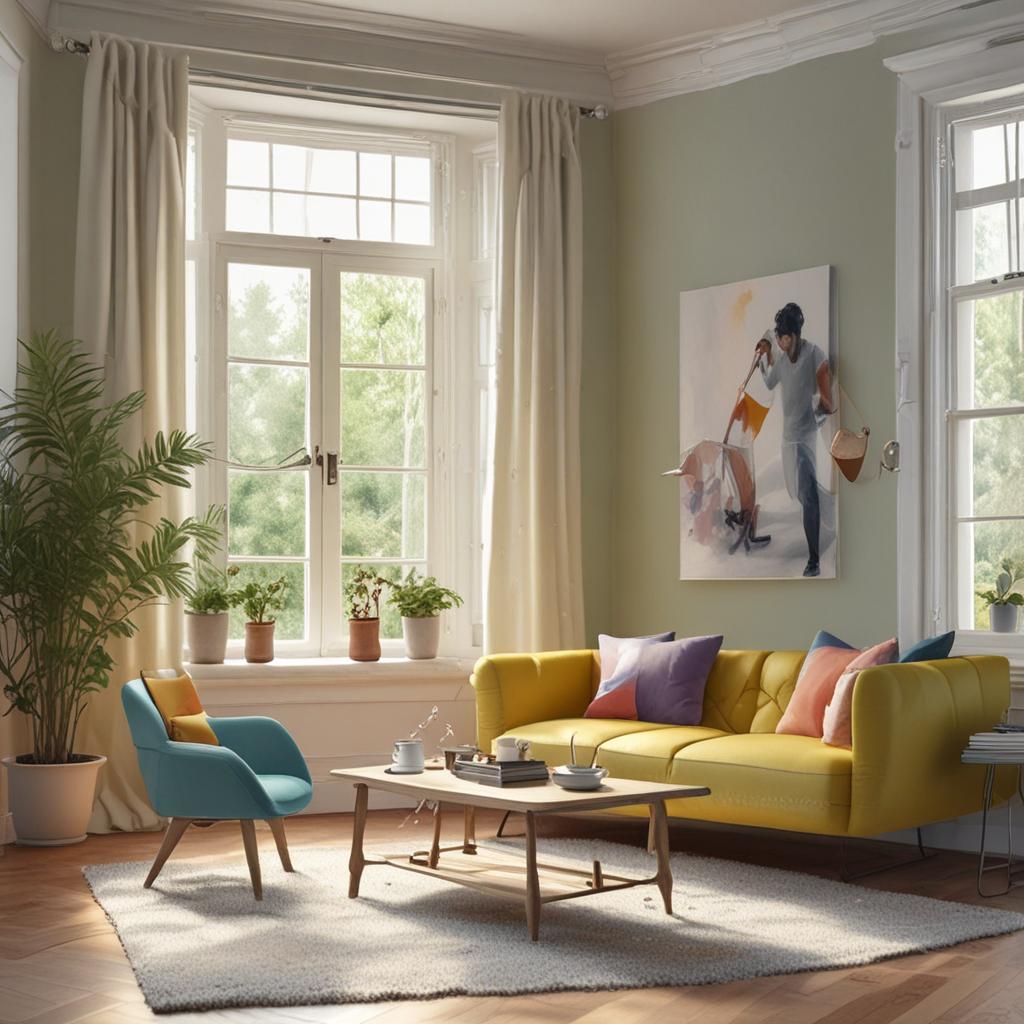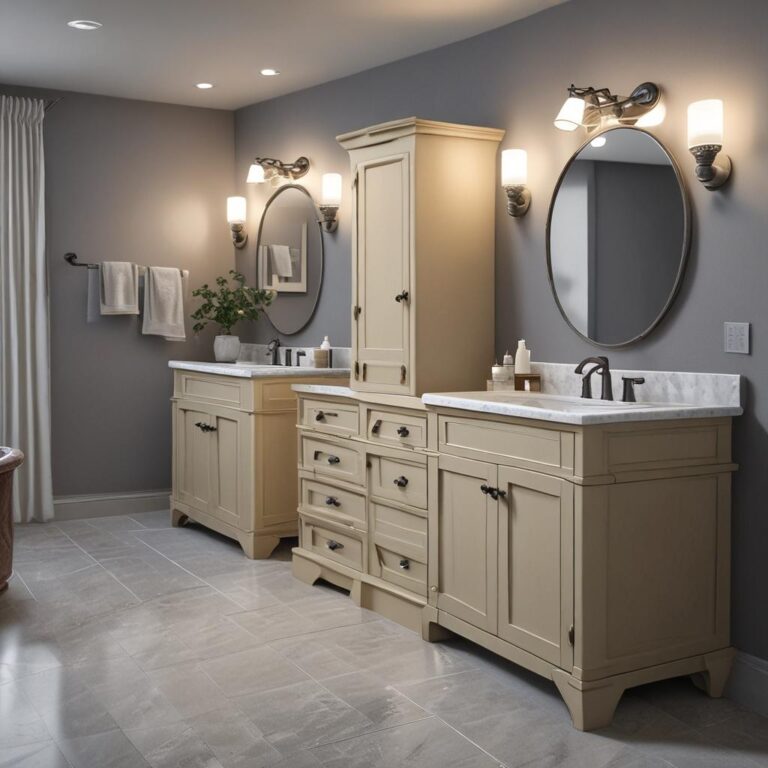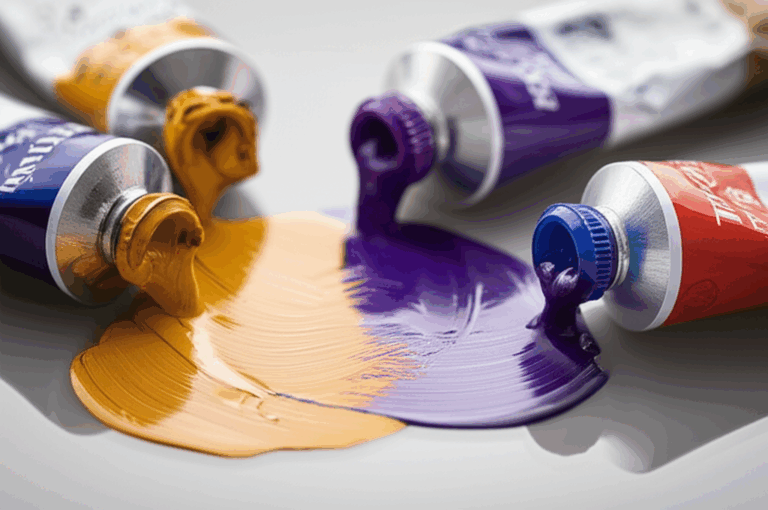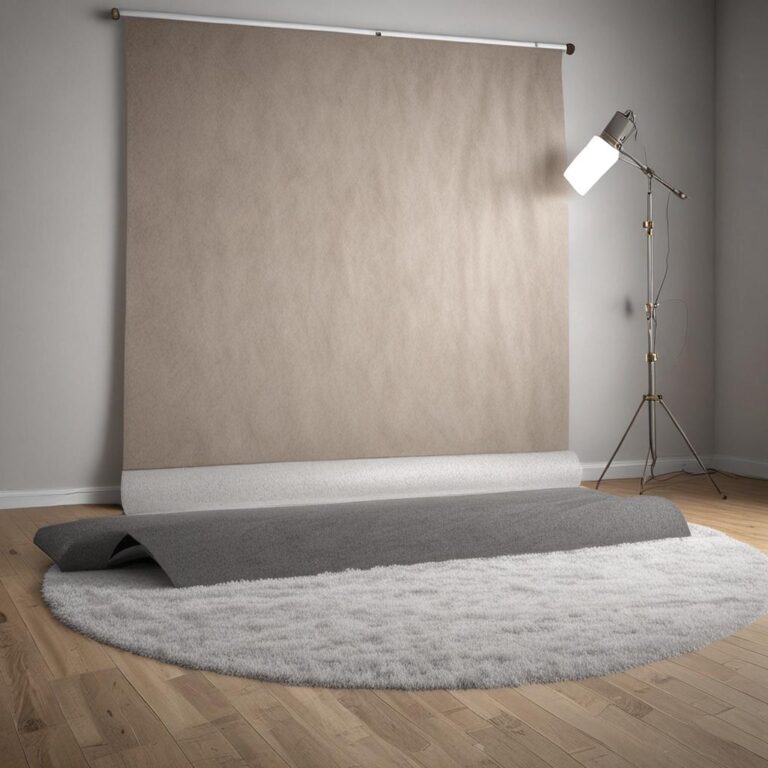How to Paint Furniture
Painting furniture is one of the most rewarding and cost-effective ways to refresh your home decor. Whether you’re looking to breathe new life into an outdated piece or add a personal touch to a thrift store find, a fresh coat of paint can work wonders. Not only does it allow you to customize furniture to match your style, but it also extends the life of your pieces, reducing waste and saving money. This comprehensive guide will walk you through every step of the process, from preparation to finishing touches, ensuring your DIY project turns out beautifully.
Preparing Your Furniture for Painting
Choosing the Right Piece to Paint
Not all furniture is created equal when it comes to painting. Look for pieces made of wood, metal, or laminate, as these materials take paint well. Avoid furniture with extensive damage or wobbly structures, as these may require more effort to repair. Ideal candidates include wooden chairs, dressers, tables, and cabinets—pieces that can be transformed with a little creativity.
Cleaning the Furniture
Before you start painting, it’s crucial to clean the furniture thoroughly. Dust, grease, and grime can prevent paint from adhering properly. Use a mild soap and water solution or a vinegar-water mix to wipe down the surface. For tougher stains, a degreaser may be necessary. Ensure the piece is completely dry before moving on to the next step.
Sanding the Surface
Sanding is essential for creating a smooth surface that allows the paint to adhere better. Start with coarse-grit sandpaper to remove any old finish or rough spots, then switch to fine-grit sandpaper for a smooth finish. Always sand in the direction of the grain to avoid scratches, and wipe away dust with a damp cloth afterward.
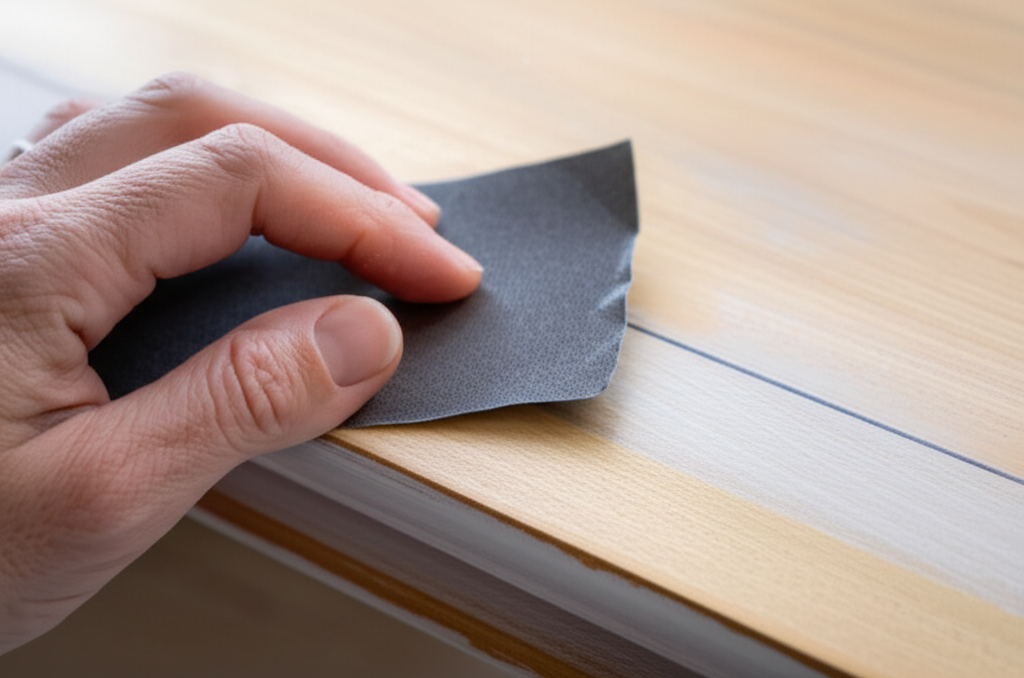
Repairing Damages
Inspect your furniture for cracks, dents, or scratches. Use wood filler or putty to repair imperfections, then sand the area smooth once it’s dry. Taking the time to fix these issues ensures a polished final result.
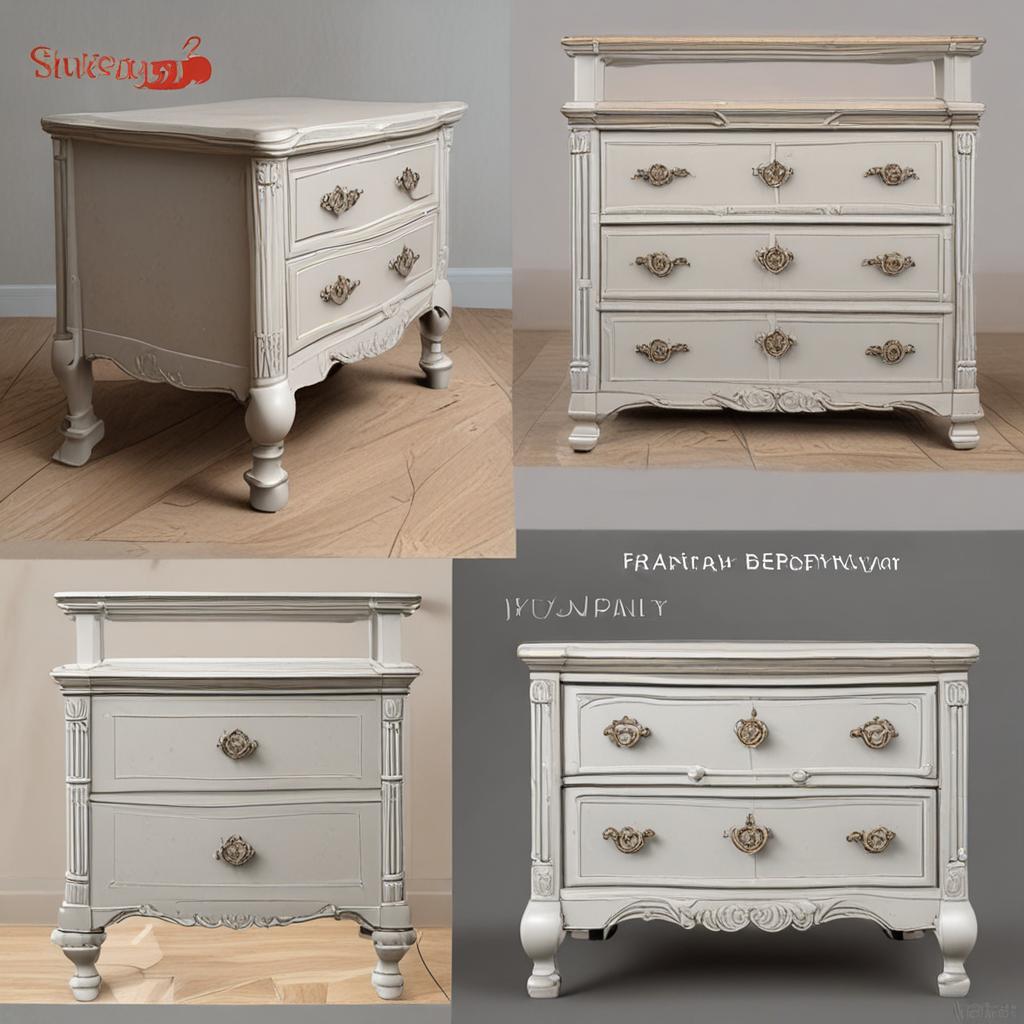
Applying Primer
Primer is a key step in achieving a professional-looking finish. It helps the paint adhere better and provides even coverage. Choose a primer that’s compatible with your furniture’s material, such as a wood primer for wooden pieces or a metal primer for metal furniture. Apply a thin, even coat and let it dry completely before painting.
Selecting the Right Paint and Tools
Types of Paint for Furniture
There are several types of paint to choose from, each with its own advantages. Chalk paint is beginner-friendly and requires minimal prep work, while latex paint is durable and easy to clean. Spray paint is ideal for intricate designs or hard-to-reach areas. Consider the piece’s purpose and your skill level when making your choice.
Choosing the Right Finish
The finish you choose can dramatically affect the look and durability of your furniture. Matte finishes are great for a modern, understated look, while satin and glossy finishes add a touch of elegance and are easier to clean. Consider the furniture’s use—high-traffic pieces may benefit from a more durable finish.
Essential Tools and Supplies
Having the right tools on hand is essential for a smooth painting process. You’ll need high-quality brushes or rollers, a paint tray, a drop cloth, and painter’s tape. Investing in good brushes can make a significant difference in achieving a streak-free finish.
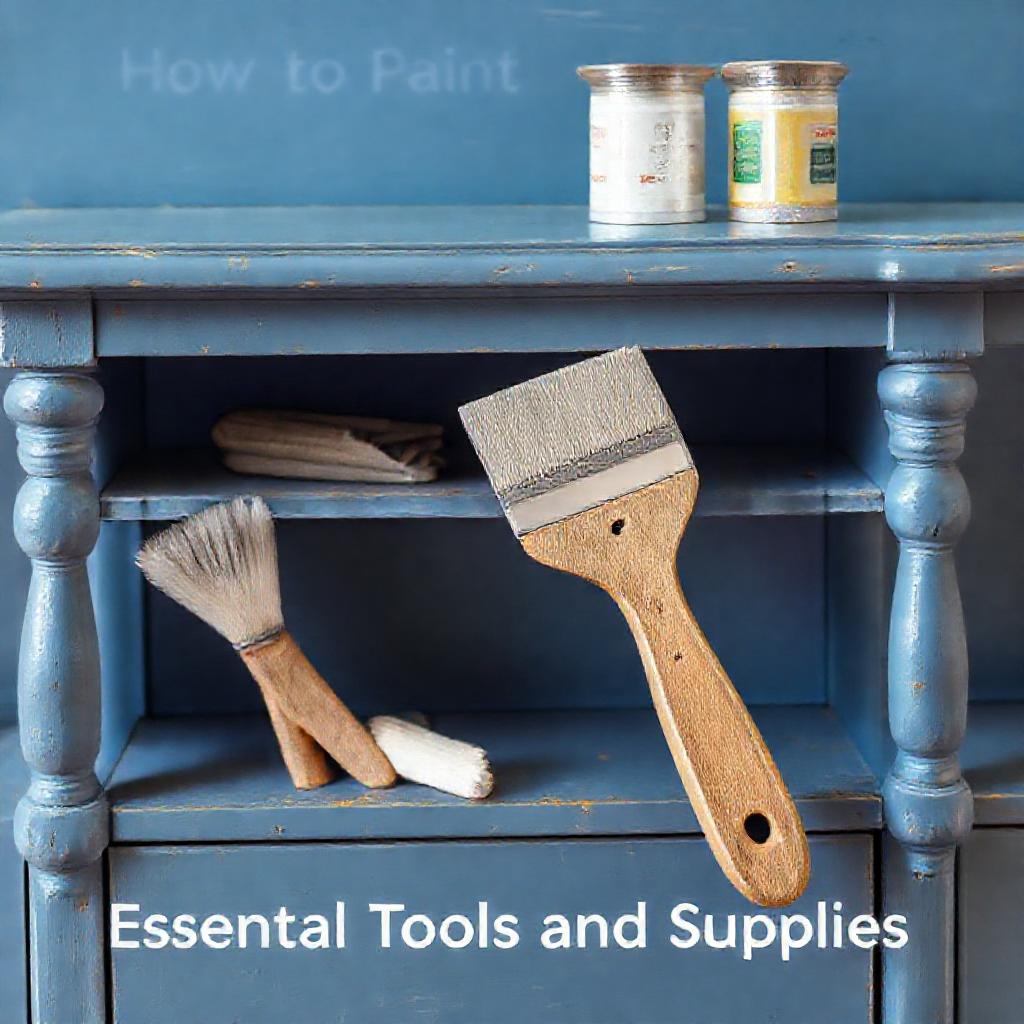
Painting Techniques and Tips
Brush vs. Spray Painting
Comparison table for Brush vs. Spray Painting
Brush painting is ideal for detailed work and smaller pieces, while spray painting is faster and better suited for large, flat surfaces. If using a brush, opt for synthetic bristles for latex paint or natural bristles for oil-based paint. For spray painting, work in a well-ventilated area and apply multiple thin coats to avoid drips.
Applying Paint Evenly
To achieve a smooth, even finish, apply paint in thin coats using long, even strokes. Allow each coat to dry completely before applying the next—typically two to three coats are sufficient. Lightly sanding between coats can help eliminate brush strokes or imperfections.
Creating Distressed or Stenciled Designs
For a distressed look, sand the edges and corners after painting to reveal the underlying layers. Stencils can add decorative patterns—secure them with painter’s tape and use a stencil brush or sponge to apply the paint. Experiment with different techniques to create a unique design.
Finishing and Protecting Your Painted Furniture
Sealing the Paint
Sealing your painted furniture is crucial for durability and protection. Polyurethane is a popular choice for its durability, while wax provides a softer, matte finish. Apply the sealer with a brush or cloth, following the manufacturer’s instructions.
Buffing and Polishing
After applying wax or a sealer, buff the surface with a soft cloth to achieve a smooth, polished finish. For glossy finishes, use a polishing compound to add extra shine.
Caring for Painted Furniture
To keep your painted furniture looking fresh, clean it regularly with a soft cloth and mild cleaner. Avoid harsh chemicals or abrasive materials that could damage the finish. Touch up any scratches or chips as needed to maintain its appearance.
Creative Ideas for Painting Furniture
Color Combinations and Trends
Experiment with color to make your furniture stand out. Neutral tones like white, gray, and beige are timeless, while bold colors like navy blue or emerald green can make a statement. Consider using complementary colors for a cohesive look.
Upcycling and Repurposing
Get creative by repurposing furniture for new uses. Turn an old dresser into a stylish vanity or transform a wooden crate into a chic storage bench. Upcycling not only saves money but also adds a unique touch to your home.
Adding Unique Details
Incorporate decorative elements like gold leaf, decals, or hand-painted designs to personalize your piece. Updating hardware, such as knobs or handles, can also enhance the overall look and tie the design together.
Conclusion
Painting furniture is a fun and creative way to refresh your home decor while giving old pieces a new lease on life. By following the steps outlined in this guide, you can achieve professional-looking results that reflect your personal style. Don’t be afraid to experiment with colors, techniques, and designs—transforming furniture is as much about the process as it is about the final product. Enjoy the journey and take pride in your handmade creations.
FAQ Section
Can I paint furniture without sanding it first?
While sanding is recommended for better paint adhesion, you can use liquid sandpaper or a deglosser as an alternative to minimize prep work.
What’s the best paint for beginners?
Chalk paint or latex paint is ideal for beginners due to their ease of use and minimal prep requirements.
How do I prevent brush strokes in my paint job?
Use high-quality brushes, apply thin coats of paint, and lightly sand between layers to achieve a smooth, streak-free finish.
How long should I wait before using painted furniture?
Allow the paint to dry for at least 24 hours before light use. For full curing, wait up to 30 days, depending on the paint type and environmental conditions.
Can I paint furniture that’s already painted or varnished?
Yes, but you’ll need to sand the surface lightly or use a deglosser to ensure the new paint adheres properly.

